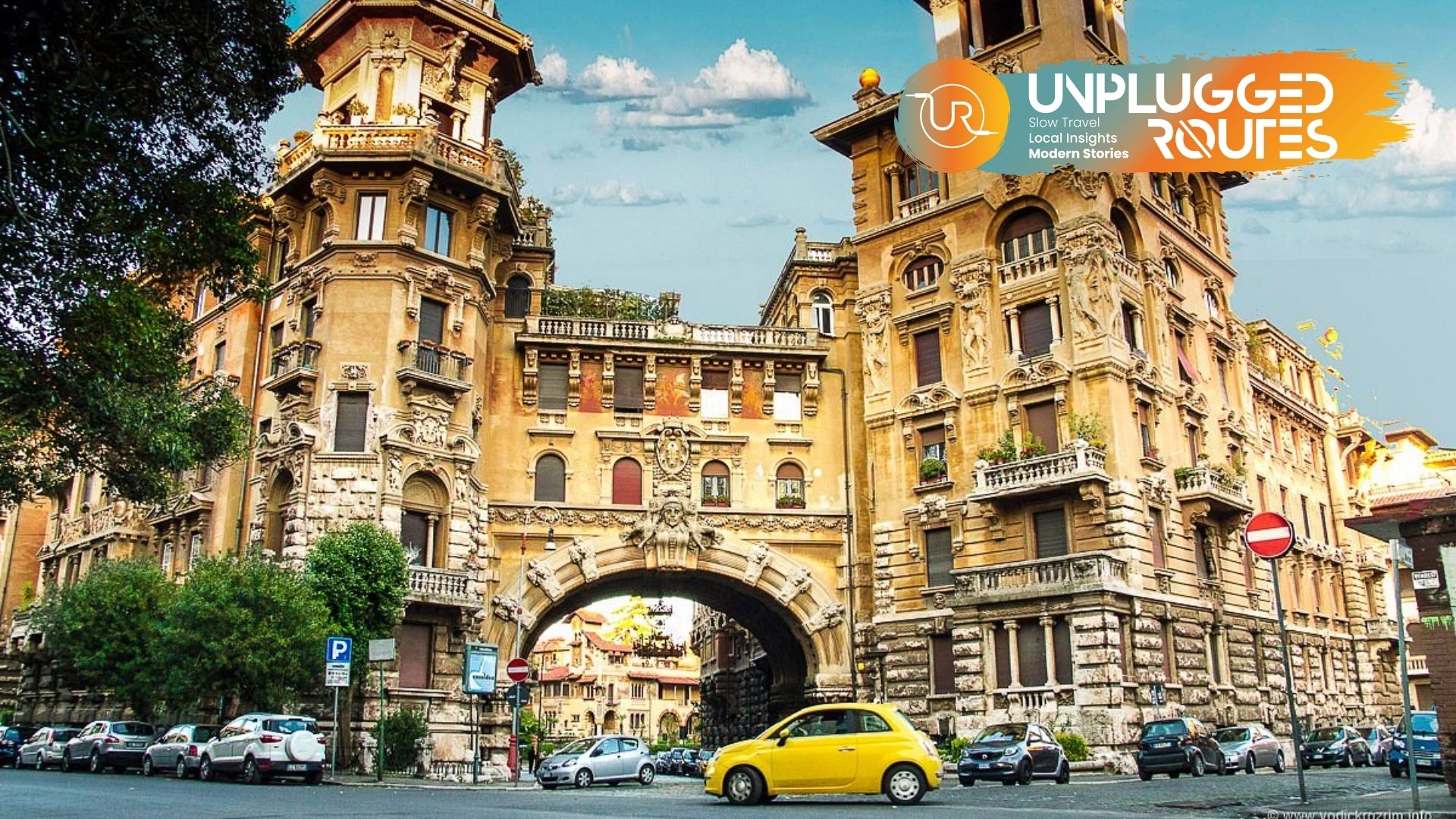
Located very close to the center of Rome, the Coppedè Neighborhood, with its unconventional architectural style, captivates those who discover it. Built between 1915 and 1927, this neighborhood offers a unique experience with its buildings adorned with symbols from history, mythology, astrology, and esotericism.
Name and Historical Background
The creator of the neighborhood is Gino Coppedè, a Florentine architect and sculptor invited to Rome by wealthy Roman industrial families to design a neighborhood reflecting their tastes. Coppedè, who blended Art Nouveau, Gothic, Baroque, and Ancient Roman architecture in an eclectic style, freely brought his artistic vision to life in the neighborhood. The neighborhood, which includes 31 apartment-style buildings and 18 villas, was designed independently from the broader structural order of Rome, according to the bourgeois perspective of the wealthy families who funded it. The construction of the neighborhood, coinciding with Mussolini’s era, also reflects the fascist regime’s admiration for the idealized Roman past in art and architecture.
Architectural Features and Mystical Elements
The Coppedè Neighborhood begins with buildings surrounding the small square called Piazza Mincio. Prominent structures in this square include Villino delle Fate (Villa of the Fairies), with its asymmetric design using materials such as marble, brick, travertine, terracotta, and glass, and featuring impressive decorations that bring Florence, Coppedè’s home city, to its façade; Palazzo del Ragno (Palace of the Spider), inspired by Assyrian-Babylonian architecture, featuring a large spider mosaic on its façade; and Palazzi degli Ambasciatori (Palaces of the Ambassadors), connected by an impressive arch at the square’s entrance, resembling ancient Roman victory arches.
Mythological figures like lions, eagles, spiders, snakes, owls, seahorses, and bees, frequently seen on the façades, not only have aesthetic value but also carry esoteric meanings. Lions represent strength, courage, and nobility; eagles symbolize the rise of the spirit and freedom; spiders stand for patience, skill, and fate; snakes for rebirth and transformation; owls for wisdom and mystery; seahorses for calmness and luck; and bees represent hard work and solidarity.
Some buildings also feature astrological symbols, planet motifs, and details reminiscent of star maps, highlighting Coppedè’s interest in these areas and his effort to translate the cosmic order into art. Sculptures and reliefs inspired by Greek and Roman gods, particularly references to figures like Medusa and Minerva, the goddess of wisdom, are also striking features of the architecture. These elements create a magical atmosphere, taking visitors on a journey through history, while preserving the spirit of the ancient world in the present day.
At the center of the square lies the famous Fontana delle Rane (Frog Fountain), another important symbol of the neighborhood. Frogs, known in ancient cultures as symbols of transformation and rebirth, support the esoteric themes present in the area. The layout of the buildings surrounding the fountain, reminiscent of the symmetrical and hierarchical structure of ancient Roman forums, is seen as a reflection of Coppedè’s desire to express spiritual balance through architecture.
The Frog Fountain gained additional fame when, in June 1965, members of The Beatles, tired of the extreme heat, jumped into the fountain in their clothes after performing four concerts in Rome, becoming a memorable event for Romans.
Esoteric Symbols Associated with Freemasonry
Though Mussolini’s regime was opposed to Masonic lodges, the construction of Coppedè Neighborhood was completed during his rule. This adds to the mystery of the Masonic symbols found in the area and supports the idea that the neighborhood might be seen as an esoteric space, independent of the fascist regime’s official propaganda. While there is no concrete evidence that Coppedè was directly connected to a Masonic lodge, the symbols and allegories frequently used in his work suggest an indirect link and imply that he was influenced by the spiritual quests of the late 19th and early 20th centuries.
The esoteric nature of Coppedè Neighborhood is clear in the symbols and spatial arrangements. Some doors are decorated with symbols of the Rose-Cross Order and Freemasonry. In this context, the rose represents wisdom, rebirth, and spiritual quest, while arches symbolize enlightenment or transition. Geometric shapes and animal figures on the doors also refer to the spiritual journey of the soul and the spiritual dimensions of human life.
Mussolini and the Coppedè Neighborhood
Mussolini is known for using art and architecture as tools of propaganda to restore the glory of ancient Rome. While Coppedè Neighborhood was not a direct product of the fascist regime, it was influenced by the artistic trends of the time. It is also rumored that Mussolini, who resided in the nearby Villa Torlonia, sometimes met with his officials at the Frog Fountain, and that members of the Allied forces, who were planning an assassination attempt on him, also used the fountain for secret meetings.
An Outdoor Film Set
Coppedè’s stunning architecture has attracted the attention of notable contemporary filmmakers, and the neighborhood’s streets have hosted many horror-thriller films. Dario Argento filmed L’uccello dalle piume di cristallo (The Bird with the Crystal Plumage) in 1970 and Inferno in 1980 in this neighborhood. Additionally, Mario Bava’s La ragazza che sapeva troppo (The Girl Who Knew Too Much) from 1963, Francesco Barilli’s Il profumo della signora in nero (The Perfume of the Lady in Black) from 1974, and Richard Donner’s Il presagio (The Omen) from 1976 were all filmed here.
A Few Hours in Coppedè Neighborhood
Coppedè Neighborhood offers a peaceful and mystical atmosphere, far from the crowded tourist centers of Rome. Exploring Piazza Mincio and the surrounding buildings offers not only an architectural and artistic experience but also a journey filled with symbols and meanings. By night, the illuminated buildings in the neighborhood take on a magical allure.
A unique place for both art and esotericism enthusiasts, Coppedè Neighborhood is an exceptional attraction in Rome, where Gino Coppedè’s artistic genius, combined with mythology, astrology, and mystical symbols, creates an irresistible blend of past wisdom and modern aesthetics. You won’t be able to resist the magic of Coppedè!

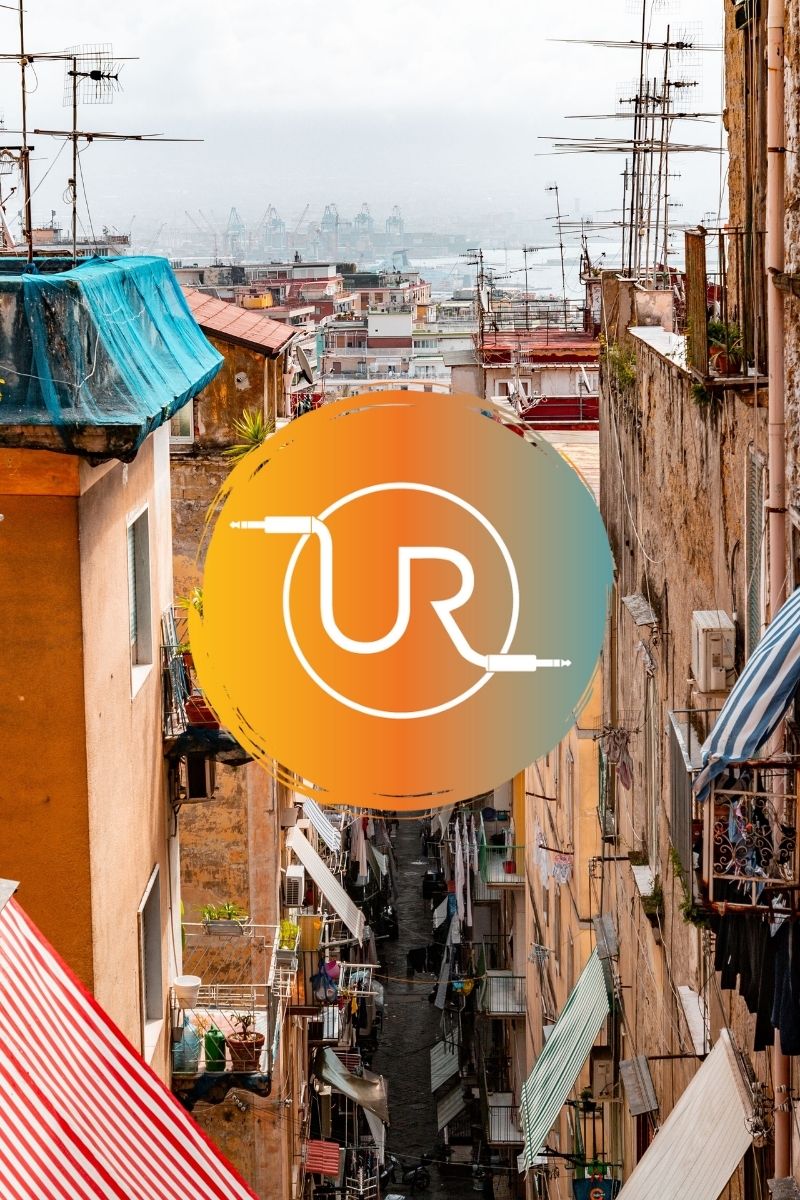
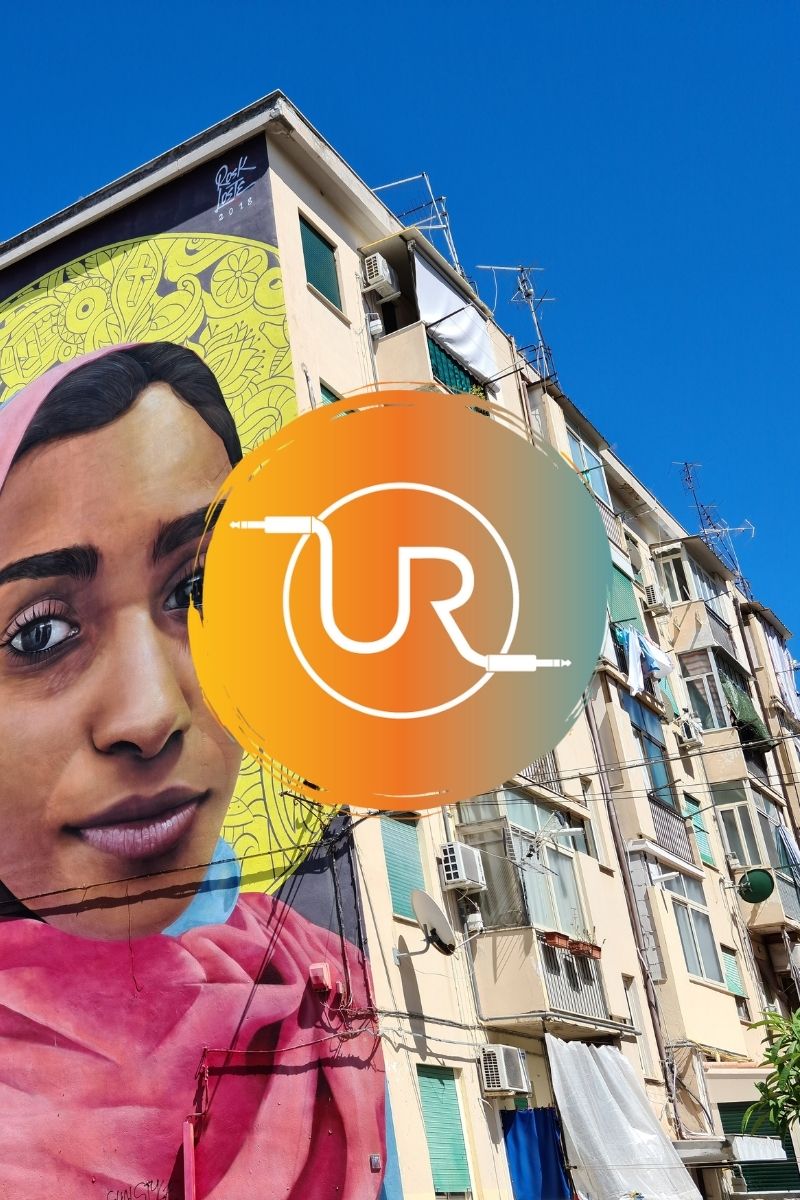
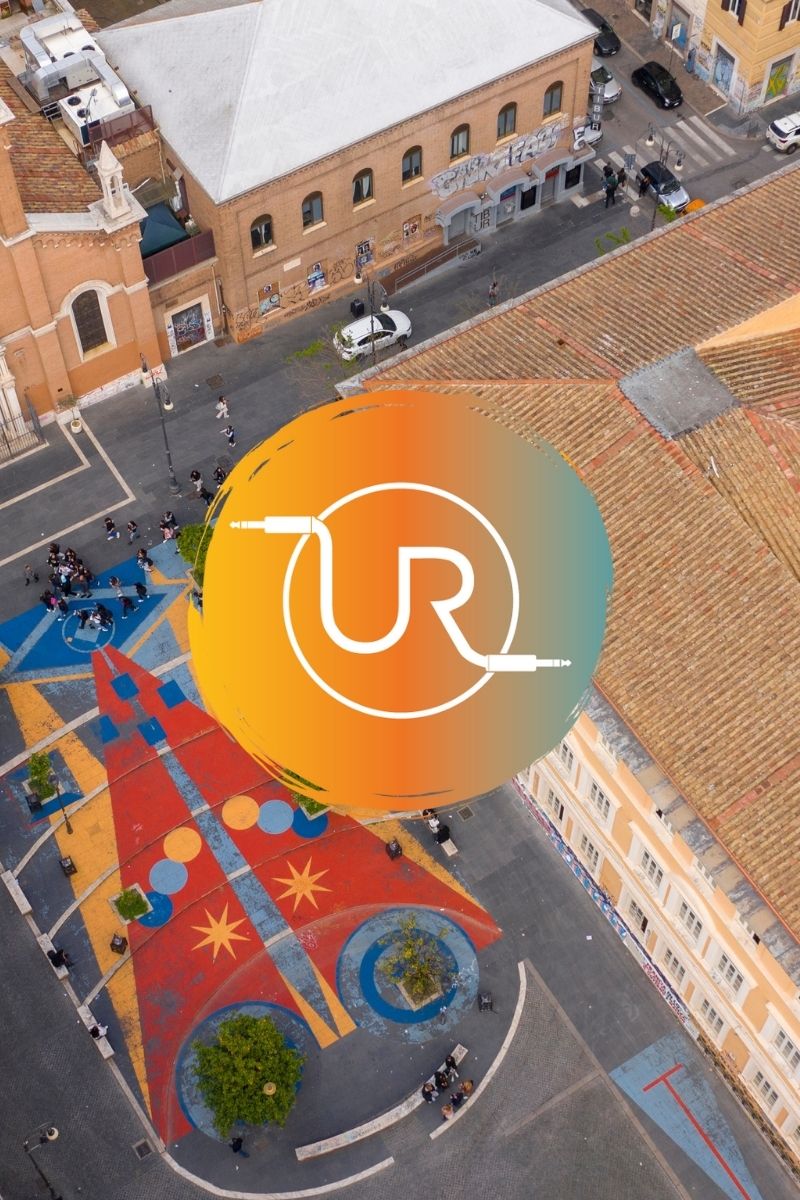
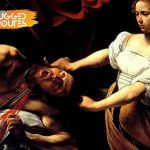
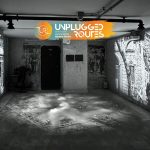

Leave a comment: